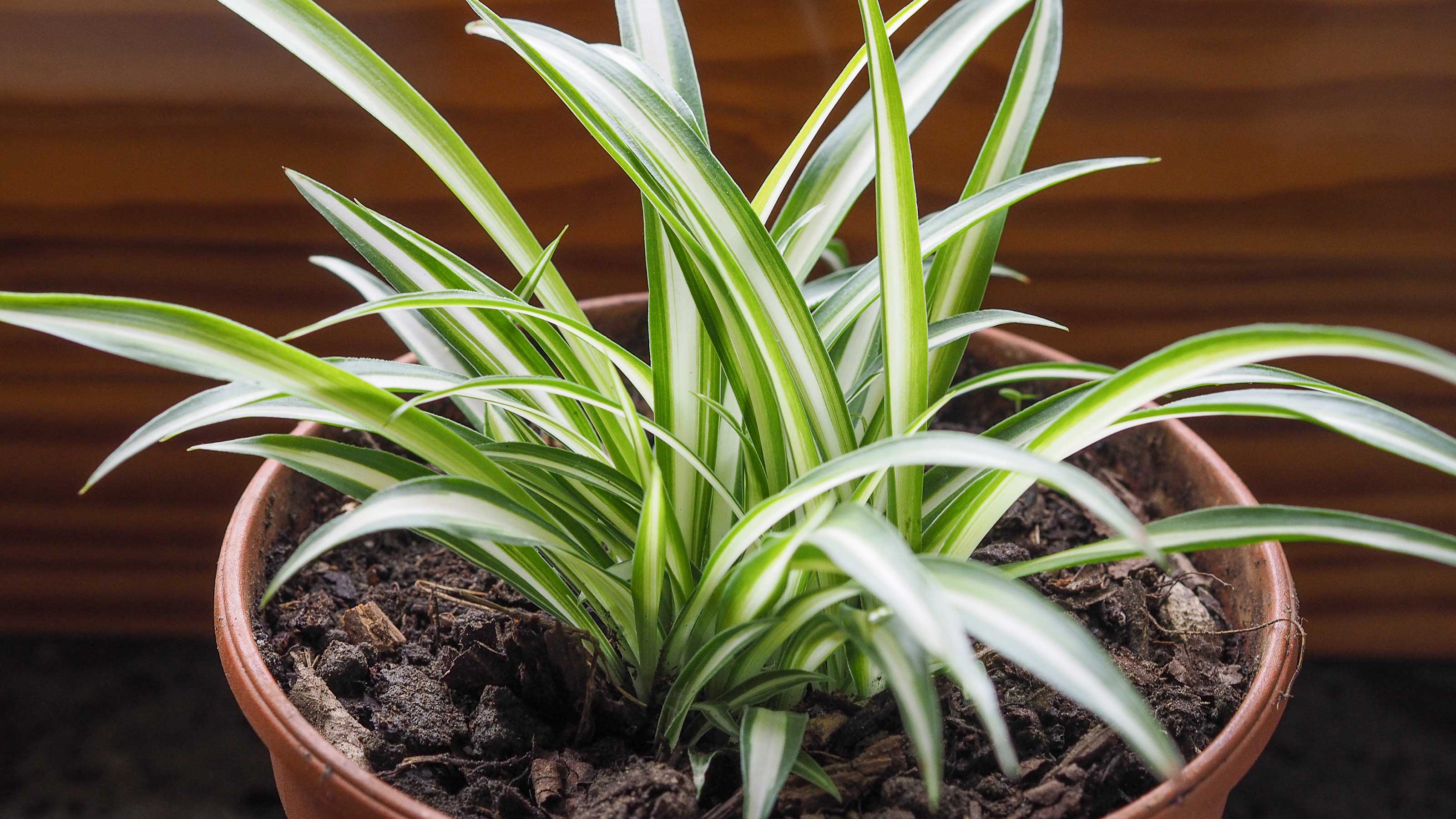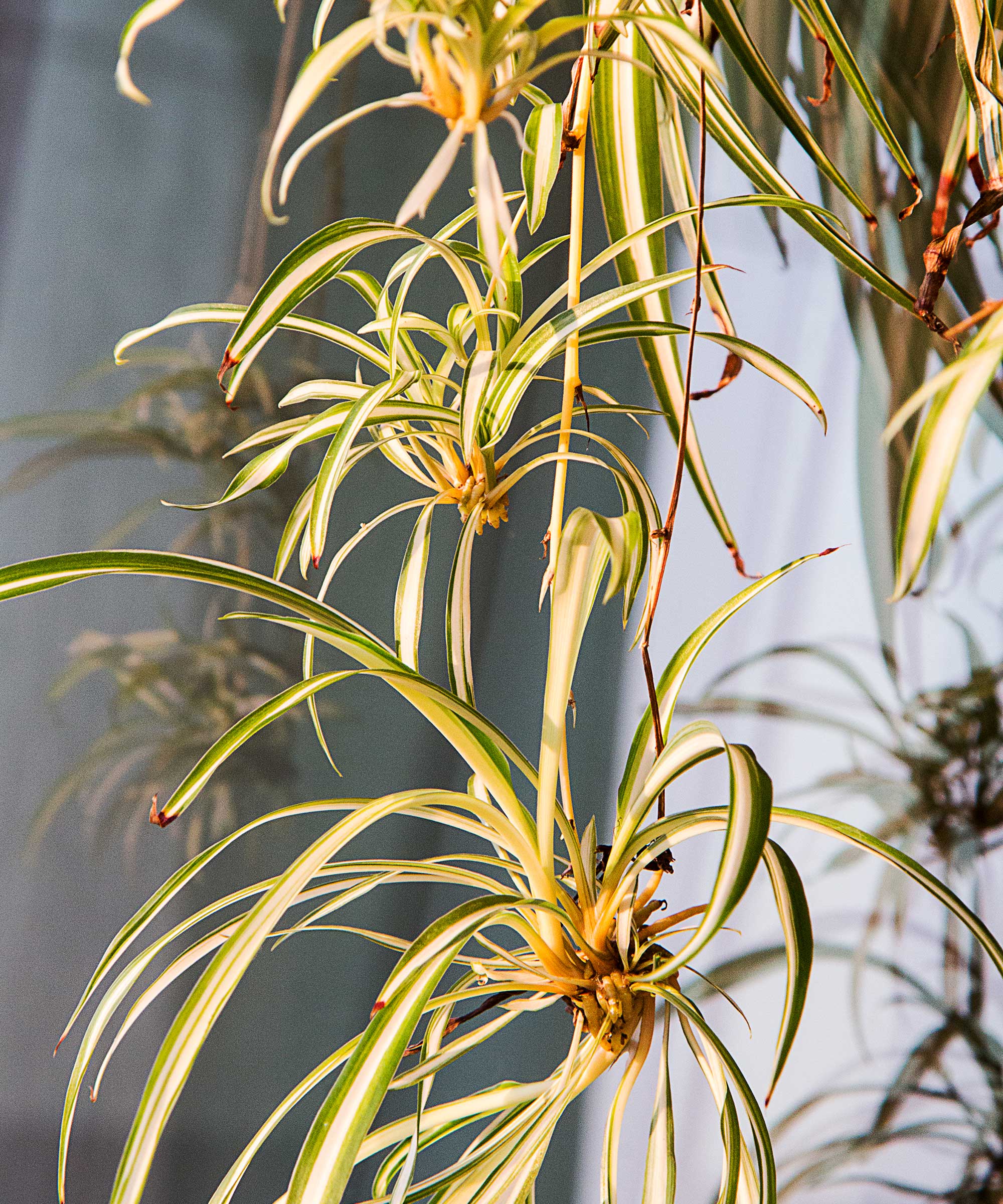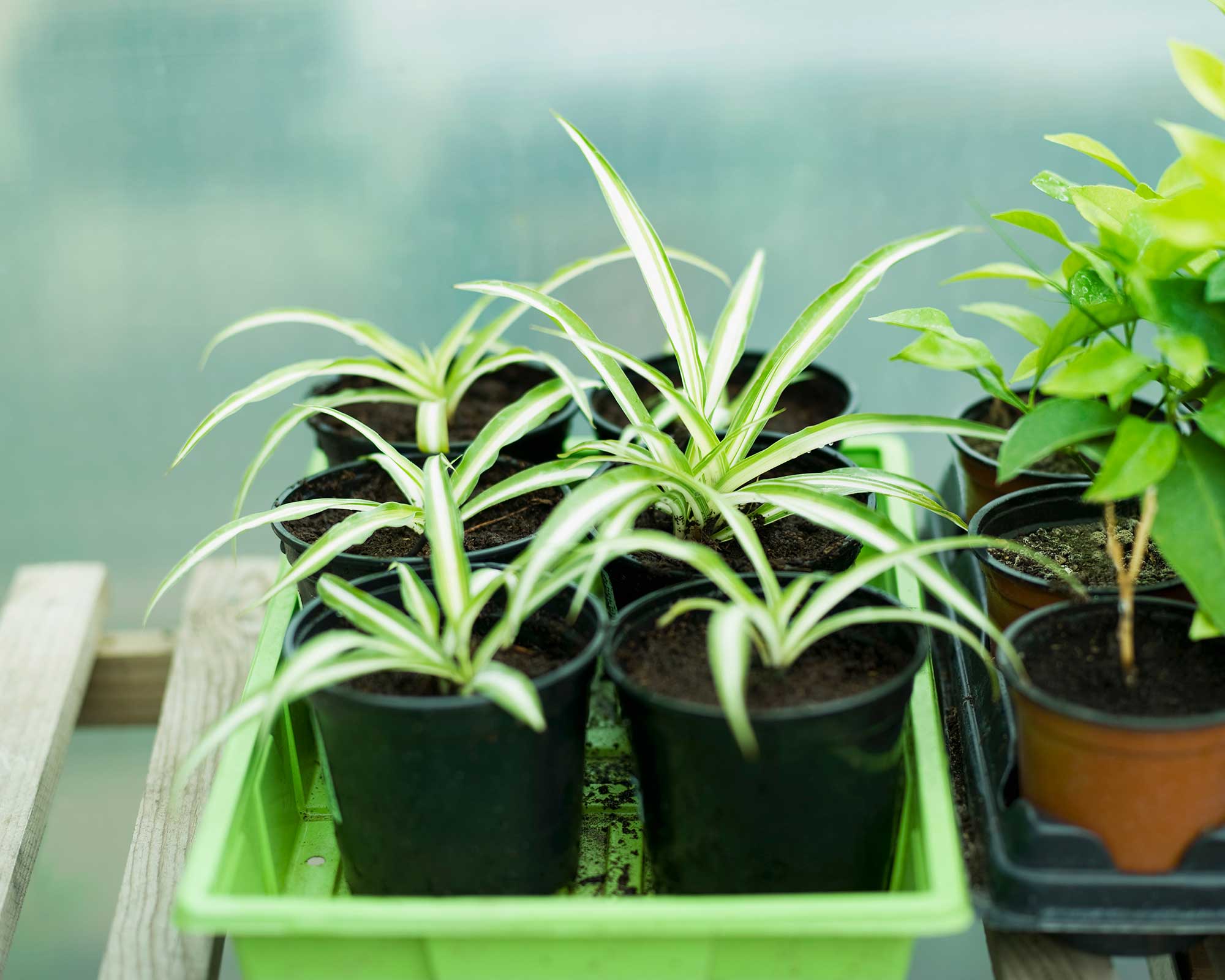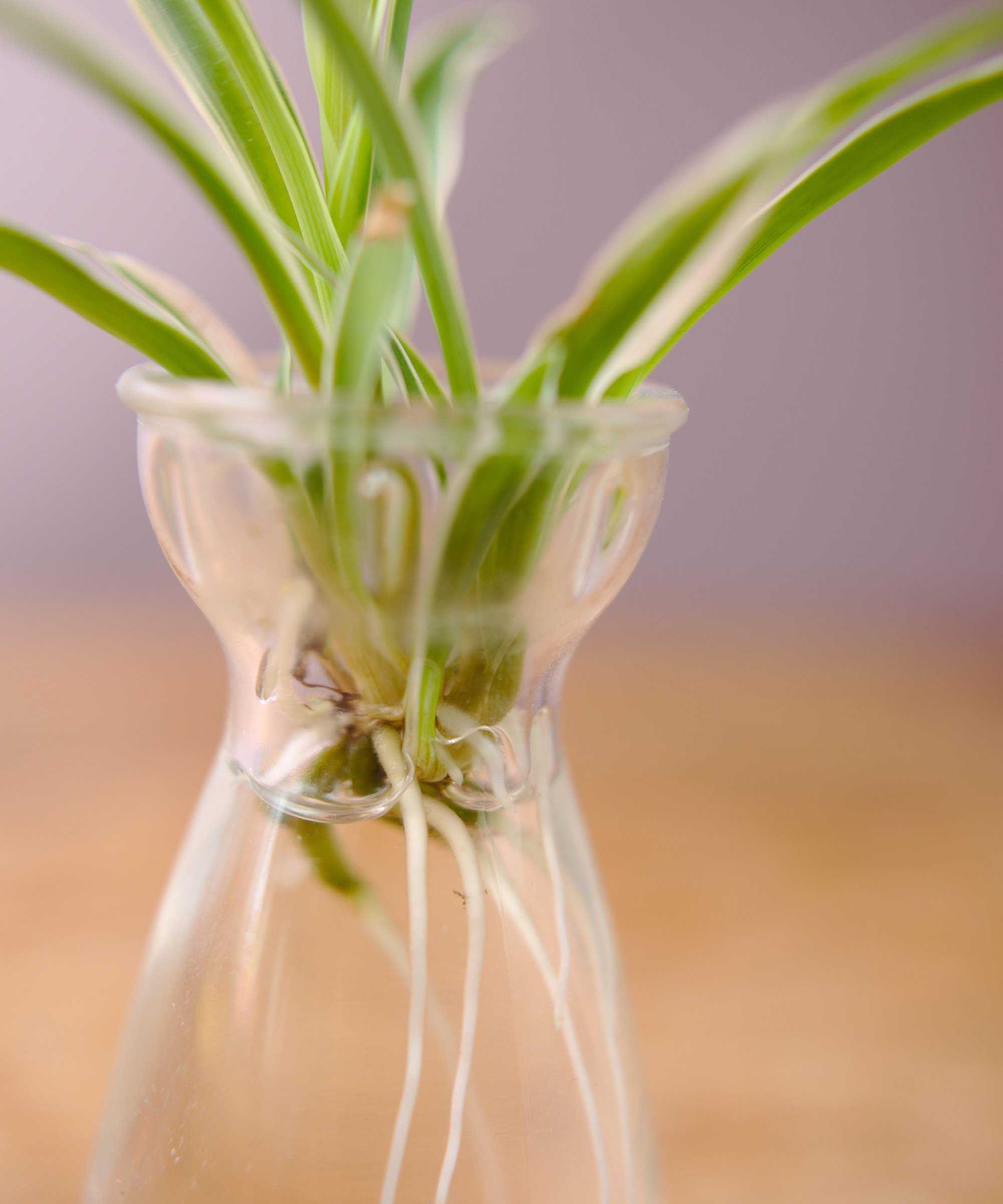Spider plant propagation: simple tips for getting new plants for free
This expert advice on spider plant propagation will soon have you upping the level of greenery in your home


If you've already got a spider plant, you'll be pleased to know that spider plant propagation is as easy as it gets. And who doesn't want more houseplants to add to their interior scheme without having to splash the cash?
Spider plants are super simple to look after, too, and will instantly liven up a space with their variegated foliage. And they're great for purifying the air, clearing toxins from a room. In short, having more of them is always a good idea – we'd say they are easily one of the best indoor plants around.

Spider plant propagation in 4 easy steps
'Propagating the spider plant is really simple,' says Jo Lambell, founder of Beards & Daisies.
With proper spider plant care, the plant will produce small flowers that eventually turn into spider plant babies or 'spiderettes', she explains. These small plantlets can then grow into full-sized plants if you look after them correctly, boosting the levels of greenery in your home.
Here are the four simple steps involved in spider plant propagation:
- 'You'll see tiny roots at the bottom of each spiderette, which is when you know they're ready,' says Jo.
- Grab your best secateurs, ensuring they are clean, and 'snip close to the parent plant to separate the baby.'
- Fill small containers with well-draining potting mix, ensuring the pots have drainage holes in the bottom. Make a small hole (using a pencil or your finger) that's deep enough to accommodate the spiderettes' roots, and pot the plant babies on, with the leaves above the soil line.
- Lightly water the plants and place the pots somewhere with bright, indirect light. Keep the soil moist but not soaked. The plants' roots will become more established over time. Pot them on as they outgrow their containers. Eventually, the plant babies will produce their own spiderettes.

Alternatively, you can plant your spiderette's roots in potting soil in a container positioned next to the mother plant's pot, without actually removing it from the stem (otherwise known as the stolon) first. This can lead to stronger growth.
Keep the mother plant well-cared for, ensuring it has enough water and bright light. Once the spiderette shows signs of new growth, you can sever it from the stolon with your secateurs. Then, once it's grown large enough, try placing it in a hanging pot up high – due to their structural leaves they are one of the best indoor hanging plants.
Can you propagate spider plants without soil?
You will need to plant your spiderettes in soil eventually, but you can encourage their root system to grow a bit more beforehand by simply putting them in a clear, clean jar of water. This can speed up the growing process once they're in their pot, plus it makes an interesting spectacle in itself.
Try to avoid allowing the leaves to be in contact with the water – just the roots. Place the jar somewhere with bright, indirect light, and replace the water when it starts to look cloudy. The roots will quickly start to grow.
After a couple of weeks or so, they should be well developed and ready for planting into potting soil, following the steps above.
Looking for more houseplants that are easy to propagate? Aloe vera is a top choice.

Can you divide spider plants to make new plants?
Another way to 'create' more spider plants is to gently divide up the root ball.
You can do this by prising an established plant from its pot, brushing away loose soil, and then carefully breaking it up into clumps, either with your hands or with a gardening knife.
Each clump can then be planted into separate containers where they will continue to grow – perfect for expanding your indoor garden ideas quickly.


The garden was always a big part of Holly's life growing up, as was the surrounding New Forest where she lived. Her appreciation for the great outdoors has only grown since then. She's been an allotment keeper, a professional gardener, and a botanical illustrator – plants are her passion.
